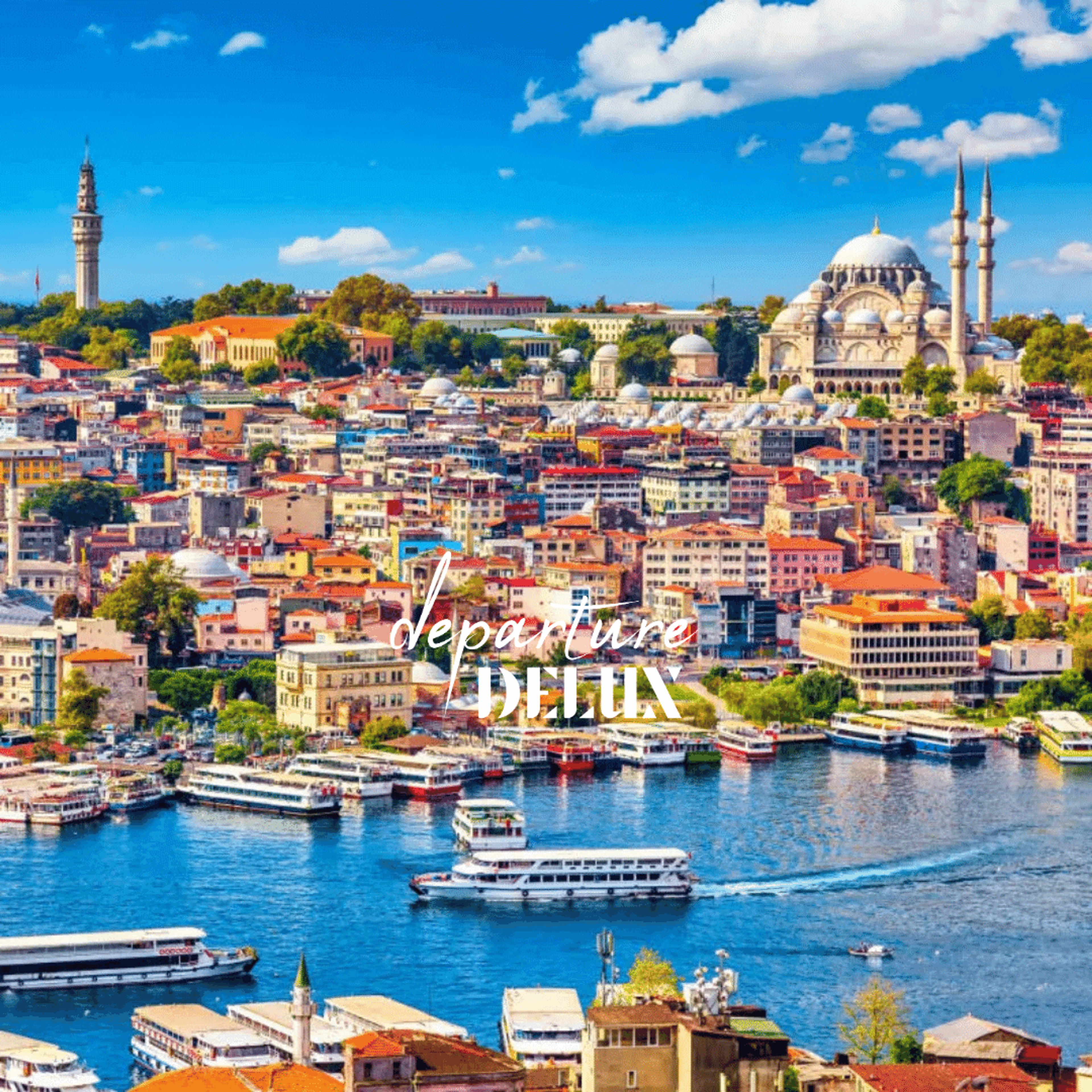
Places to Visit on the European Side of Istanbul
A city of ancient emotions, where its beauty inspires poetry, and where Fatih Sultan Mehmet once said, "I will either conquer Istanbul or Istanbul will conquer me."
Spanish traveler Pedro once claimed, "There is no city in the world as perfectly situated as Istanbul."
In this article, we will present you with a list of places to visit on the European side of Istanbul, and together, we will explore Istanbul. Now, if you're ready, let's begin.
List of Places to Visit on the European Side of Istanbul
- Topkapi Palace
- Hagia Sophia Mosque
- Basilica Cistern (Yerebatan Cistern)
- Galata Mevlevi Museum
- Istanbul Naval Museum
- Dolmabahçe Palace
- Galata Tower
- Grand Bazaar (Kapalı Çarşı)
- Spice Bazaar (Mısır Çarşısı)
- Sultan Ahmed Mosque
- Miniatürk
- Rahmi Koç Museum
- Sakıp Sabancı Museum
- Pera Museum
- Belgrad Forest (Belgrad Ormanı)
- Museum of Innocence (Masumiyet Müzesi)
- Istanbul Aquarium (İstanbul Akvaryum)
- Atatürk Arboretum
- Madame Tussauds Istanbul Museum
- Vehbi Koç Foundation Sadberk Hanım Museum
- Emirgan Grove (Emirgan Korusu)
- Akbank Sanat
- Istanbul Entertainment and Life Center
- Turkey Is Bank Museum (Türkiye İş Bankası Müzesi)
- Istanbul Modern
Where go to in Istanbul ?
Istanbul, being famous for its historical and cultural rıchness, offers many wonderful places for visitors to explore . Here are some places in Istanbul that you must visi :
- Hagia Sophia Museum: Built in the 6th century by Byzantine Emperor Justinian I, this museum is famous for its architectural beauty and historical significance.
- Topkapı Palace: The center of the Ottoman Empire, this palace dazzles with its magnificent gardens, palace structures, and valuable collections.
- Sultanahmet Mosque (Blue Mosque): Built in the 17th century, this mosque is famous for its magnificent blue tiles.
- Grand Bazaar: Turkey's oldest and largest covered market. It is an ideal place for shopping with thousands of shops.
- Galata Tower: Located in the historic peninsula of Istanbul, this tower is a perfect spot to see the city from above.
- Bosphorus Bridge: Connecting the continents of Europe and Asia, this bridge is one of Istanbul's iconic structures.
- Dolmabahçe Palace: After the Ottoman sultans, this palace, where the founder of the Republic of Turkey, Mustafa Kemal Atatürk, lived, stands out with its European-style architecture.
- Beyoğlu and İstiklal Avenue: Known for its vibrant nightlife, shopping opportunities, and historic buildings, this area reflects the modern face of Istanbul.
Topkapi Palace
Built by Fatih Sultan Mehmet in 1460, Topkapi Palace was the residence of sultans and palace residents until the 19th century. Following the end of the monarchy, it was converted into a museum in 1924 under the orders of Mustafa Kemal Atatürk.
Today, Topkapi Palace houses a unique collection of historical treasures. It includes the Imperial Treasury, Chinese and Japanese Porcelains, Sacred Relics, Weapons, European Porcelains and Glass, Sultan's Costumes and Portraits, Silverware, Copper and Brass Kitchenware, and the Chamber of Holy Relics. Topkapi Palace is open for visits every day of the week except for Tuesdays.
During the summer season from April 1st to October 2nd, the museum's opening hours are from 09:00 to 18:00. In the winter season, the visiting hours are updated to 09:00 - 16:45. Ticket sales stop 45 minutes before closing time.
While the entrance fee for Topkapi Palace is 100 Turkish Lira, there is an additional fee of 70 Turkish Lira to access the Harem and Zülüflü Baltacılar Koğuşu, and 60 Turkish Lira to enter Aya Irini. It's worth noting that the Museum Card is valid at Topkapi Palace but not for the Harem section.
Students, however, are a bit luckier in this regard, as there is no admission fee for students visiting with school groups.
Hagia Sophia Mosque
One of Turkey's and the world's most visited and historically significant museums, Hagia Sophia was commissioned by Emperor Justinian and built in 537. After the conquest of Istanbul by Fatih Sultan Mehmet, it was converted from a church into a mosque. In 1935, it was converted into a museum under the order of Atatürk and his cabinet.
In 2020, Hagia Sophia was reconverted into a mosque as per the testament of Fatih Sultan Mehmet Han.
Basilica Cistern (Yerebatan Cistern)
Located south of Hagia Sophia, the Basilica Cistern was constructed by Byzantine Emperor Justinian I. It has a length of 140 meters, a width of 70 meters, and a capacity to store 100,000 tons of water.
Inside the Basilica Cistern, you'll find 336 columns, lined in 12 rows of 28 columns each, with a distance of 4.80 meters between them.
One of the most intriguing attractions within the Basilica Cistern is the Medusa Head. The Basilica Cistern is open for visits every day of the week, from 09:00 to 17:30.
The entrance fees are as follows: 5 Turkish Lira for students, 15 Turkish Lira for adults, and 30 Turkish Lira for foreign visitors.
Galata Mevlevi Museum
Located in the Beyoğlu district of Istanbul and converted into a museum in 1975, the Galata Mevlevi Museum serves as the starting point for your spiritual journey.
On the list of important places to visit on the European side of Istanbul, the museum houses handwritten works, stories of sheikhs and ney players, and a library. We highly recommend witnessing and experiencing the sema ceremonies held at certain times. The museum is open every day except for Mondays.
During the winter season, it operates from 09:00 to 17:00, and during the summer season, the closing time is extended to 18:00. When sema ceremonies are held, entry is closed at 16:00. The museum accepts visitors without the Museum Card, and the entrance fee is 18 Turkish Lira.
Istanbul Naval Museum
The roots of the Istanbul Naval Museum date back to the 19th century and it is under the protection of the Turkish Armed Forces.
The museum's permanent collection includes personal belongings of Mustafa Kemal Atatürk, as well as Textiles, Woodwork, Stone, Paper, Metal, and Plastic Artifacts.
The Istanbul Naval Museum is open on weekdays from 09:00 to 17:00, and on weekends from 10:00 to 18:00. Visitors are not allowed entry after 16:00 on weekdays and after 17:00 on weekends. Students can enter the Istanbul Naval Museum for free, while the entrance fee for adults is 12 Turkish Lira.
Dolmabahçe Palace
Located in the Beşiktaş district, Dolmabahçe Palace was commissioned by Sultan Abdulmecid in 1853.
Dolmabahçe Palace served as the residence for 6 sultans and 1 caliph until the end of the monarchy. In 1924, it began to be used by Mustafa Kemal Atatürk, and in 1984, the palace was converted into a museum.
The Dolmabahçe Palace is open for visits every day of the week except for Mondays. Please note that photography and videography are not allowed inside the palace. The palace is open to the public from 09:00 to 16:00. The full ticket price to enter the palace is 90 Turkish Lira, and the discounted ticket is 45 Turkish Lira.
Galata Tower
Completed in the year 528, the Galata Tower was built by Byzantine Emperor Anastasius I. The previous wooden lighthouse was rendered unusable due to a fire, and in 1348, the Genoese rebuilt the tower using stone. The Galata Tower served a defensive purpose until the conquest of Istanbul, after which it was opened to tourism in 1967.
From the top of the Galata Tower, you can witness the unique view of the Istanbul Strait. The Galata Tower is open for visits every day of the week, from 09:00 to 19:00. The entrance fee for Turkish citizens is 7.5 Turkish Lira, while tourists pay 15 Turkish Lira. The Museum Pass is not valid for the tower, and children aged 0-4 can enter for free.
Grand Bazaar (Kapalı Çarşı)
The history of the Grand Bazaar dates back to the Byzantine era, making it one of the world's oldest trade centers.
During the Ottoman period, the bazaar was expanded under the reign of Fatih Sultan Mehmet Han, and after these expansions, it included a bedesten consisting of 15 sections.
During the reign of Sultan Süleyman the Magnificent, the bazaar reached its most splendid era, with more than 4,000 shops, over 2,000 cells, 497 lockers, 24 inns, 16 fountains, 12 warehouses, 10 fountains, 8 wells, and 2 fountains.
Following fires and earthquakes that caused extensive damage, the Grand Bazaar was restored under the reign of Sultan Abdülhamid II and obtained its present appearance.
The bazaar has 8 entrance gates, with the most famous ones being the Zenneciler (Saddler's), Tekkeciler (Dervish Lodge), Kuyumcular (Jewelers), and Sahaflar (Booksellers) gates. Each gate is named after the products sold nearby. Covering an area of 47,000 square meters, the Grand Bazaar is open every day except Sundays. It operates from 09:00 to 19:00, and it is closed on official holidays.
There is no entrance fee for visiting the Grand Bazaar.
Spice Bazaar (Mısır Çarşısı)
The Spice Bazaar, also known as the Egyptian Bazaar, was built in 1661 by Sultan Murat IV's mother, Hatice Turhan Sultan, and designed by the architect Kazım Ağa.
The Spice Bazaar is actually two bazaars combined, and the place where they meet is called "Dua Meydanı" (Prayer Square).
The bazaar has three levels, with the upper levels used as commercial courts to settle disputes during the Ottoman era. The Spice Bazaar is open every day of the week. On Sundays, it can be visited from 09:30 to 19:00, and on other days, it operates from 08:00 to 19:30. The bazaar is closed on October 29th and during religious holidays. There is no entrance fee.
Sultan Ahmed Mosque
Commissioned by Sultan Ahmet I in 1609 and built by his pupil Sedefkar Mehmet Ağa, the Sultan Ahmed Mosque is located in the Fatih district of Istanbul, right across from Hagia Sophia.
The Sultan Ahmed Mosque opens with the morning prayer and closes with the evening call to prayer.
Miniatürk
Located in Istanbul's Beyoğlu district, Miniatürk allows you to get a close look at all of Turkey's cultural assets.
Monuments such as Anıtkabir, Selimiye Mosque, Hagia Sophia, and many more are on display at Miniatürk.
You can visit Miniatürk every day of the year between 09:00 and 19:00.
The entrance fee is 10 Turkish Lira for adults and 5 Turkish Lira for students.
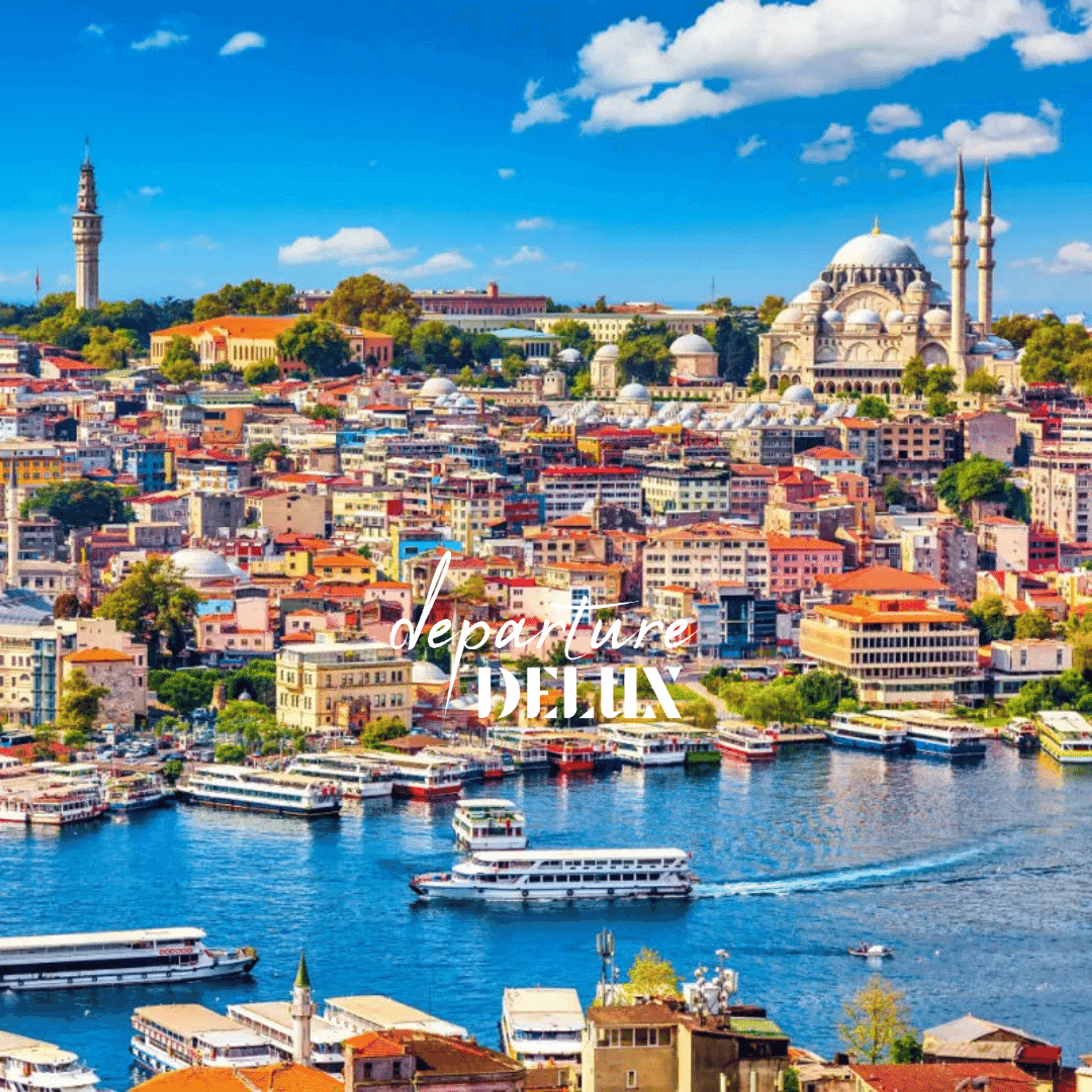
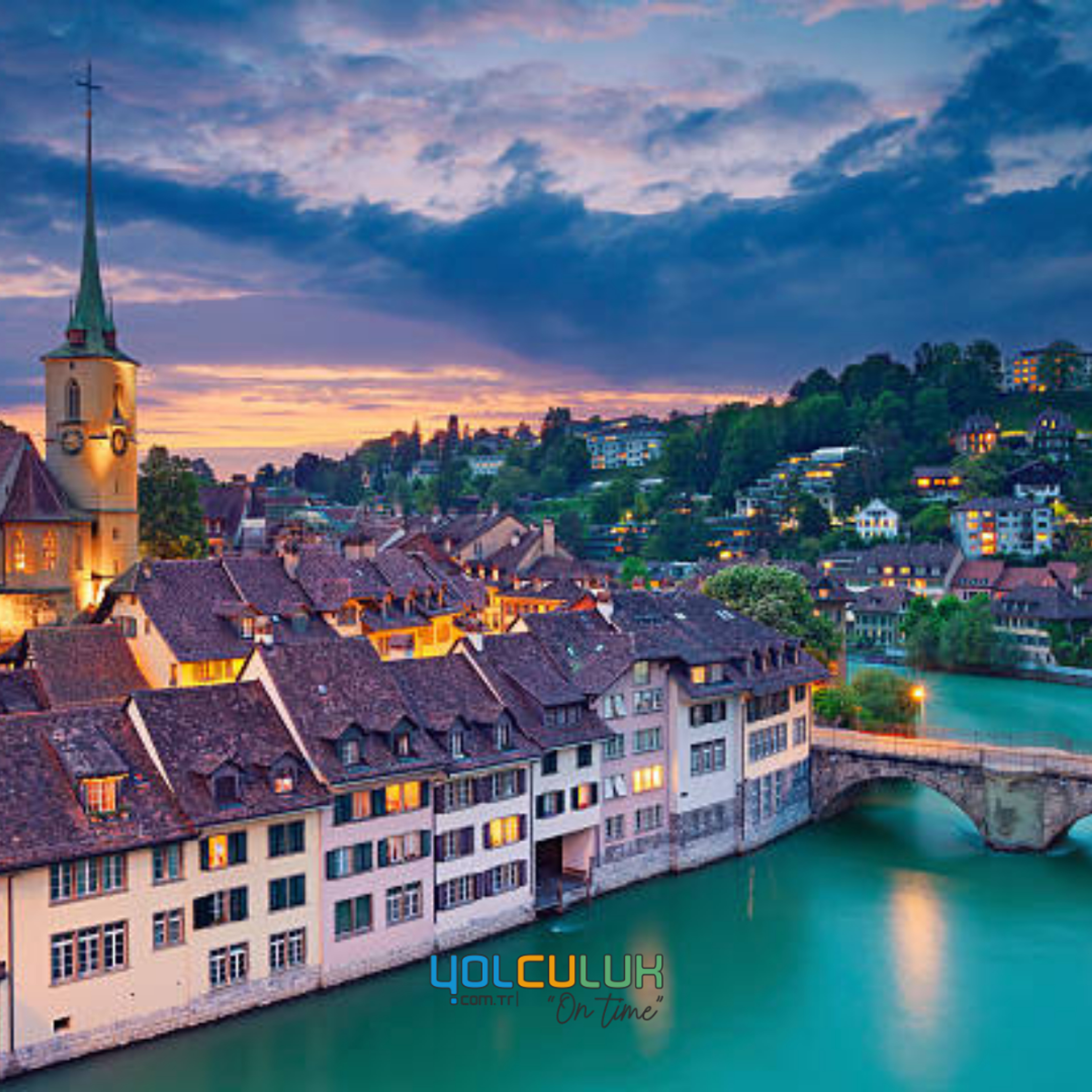
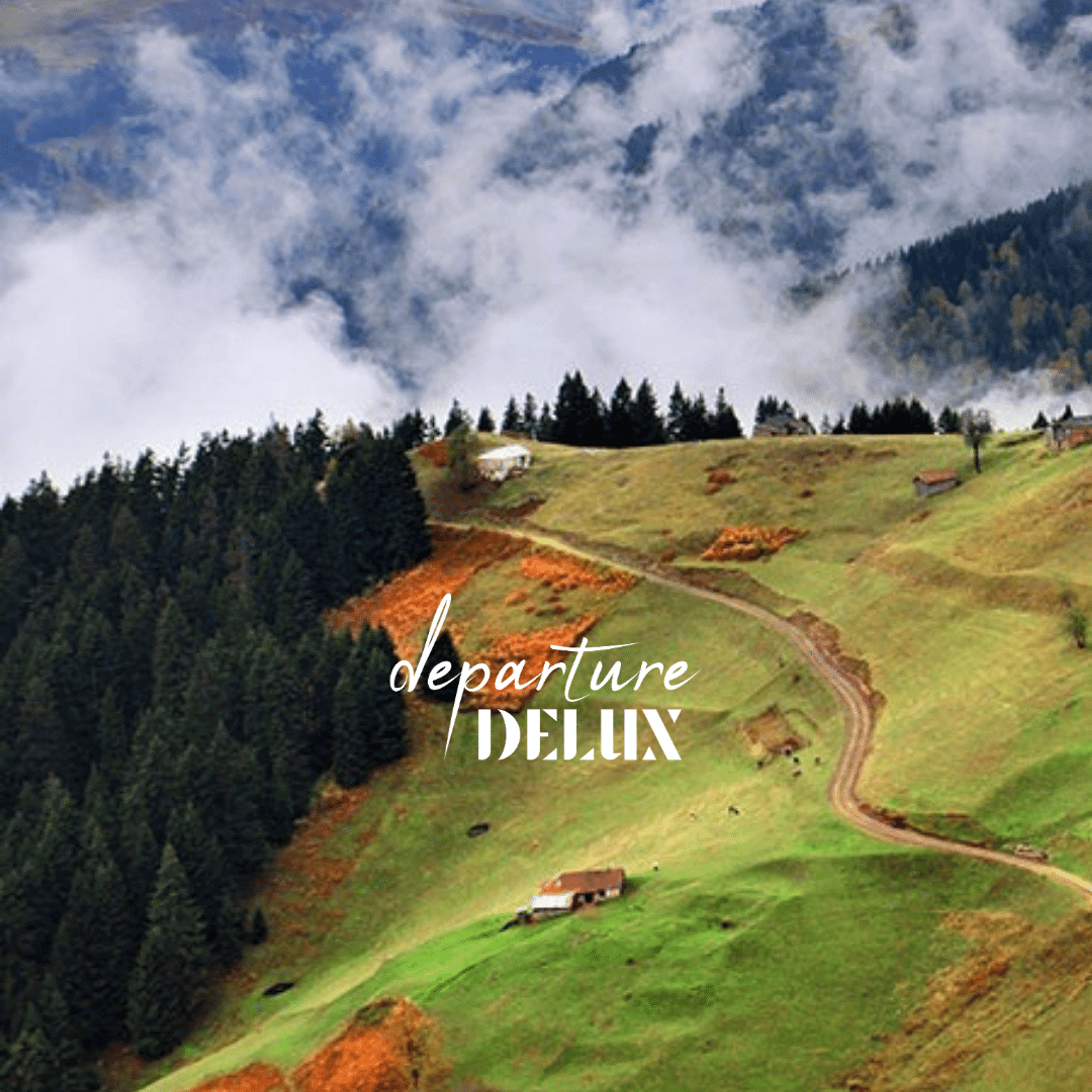
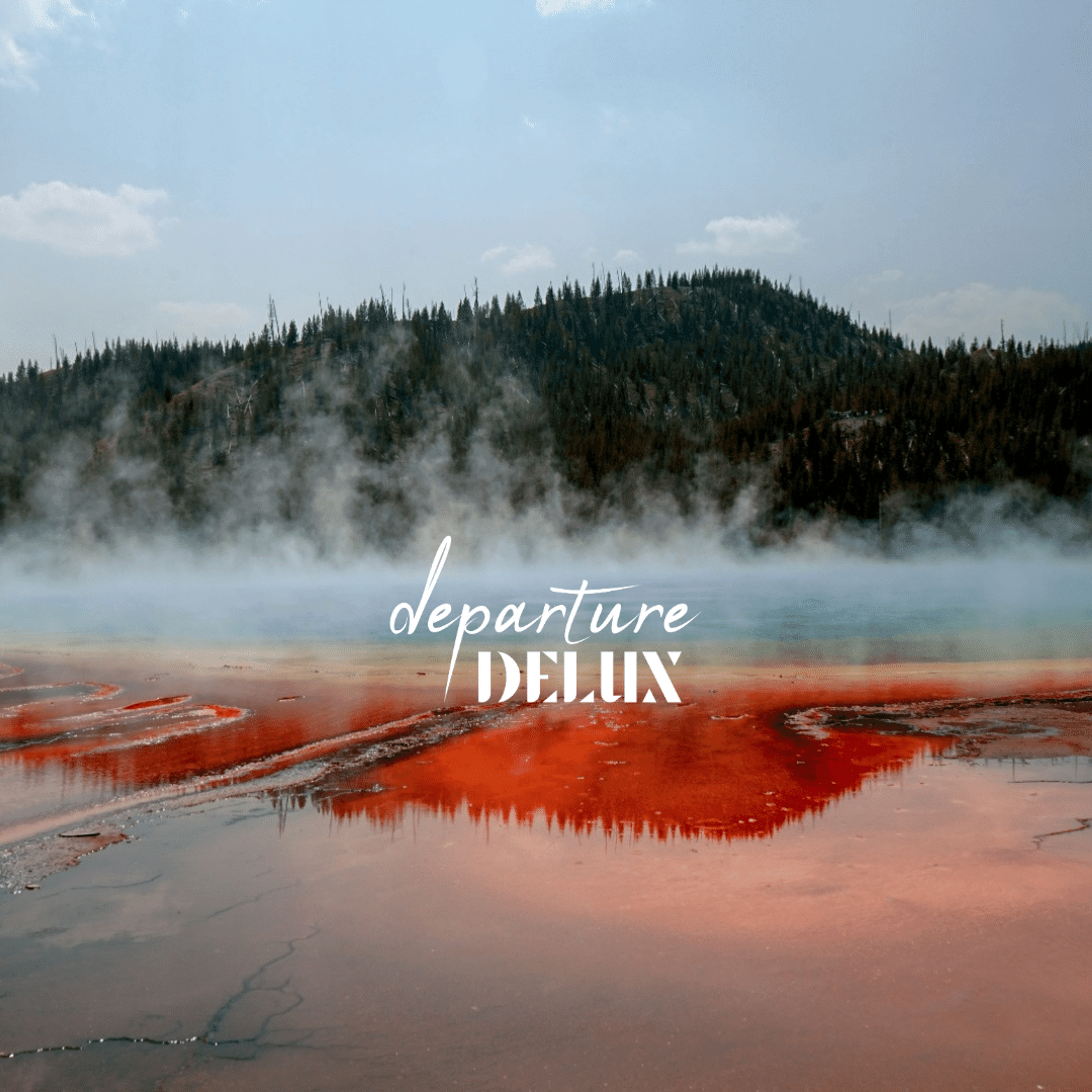


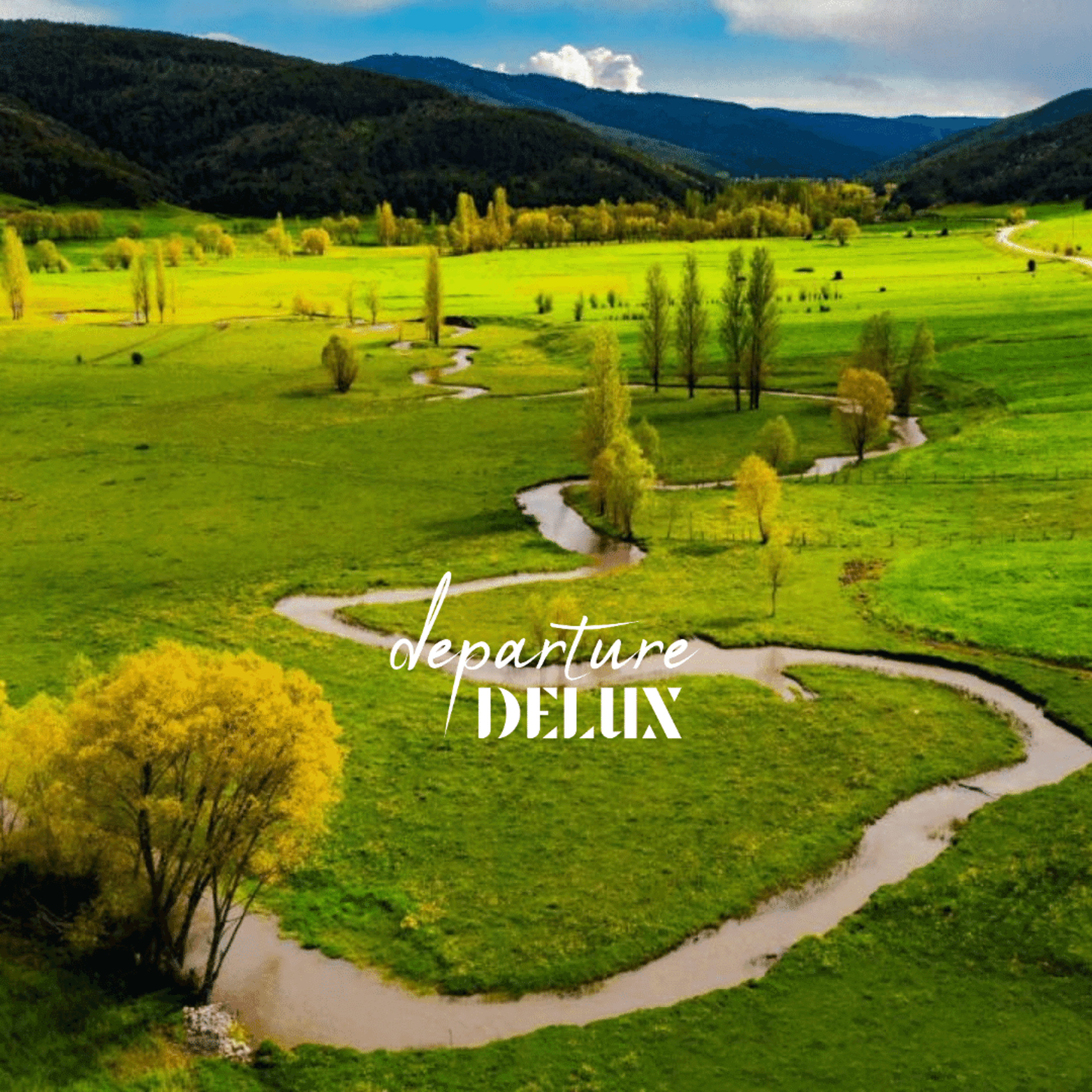




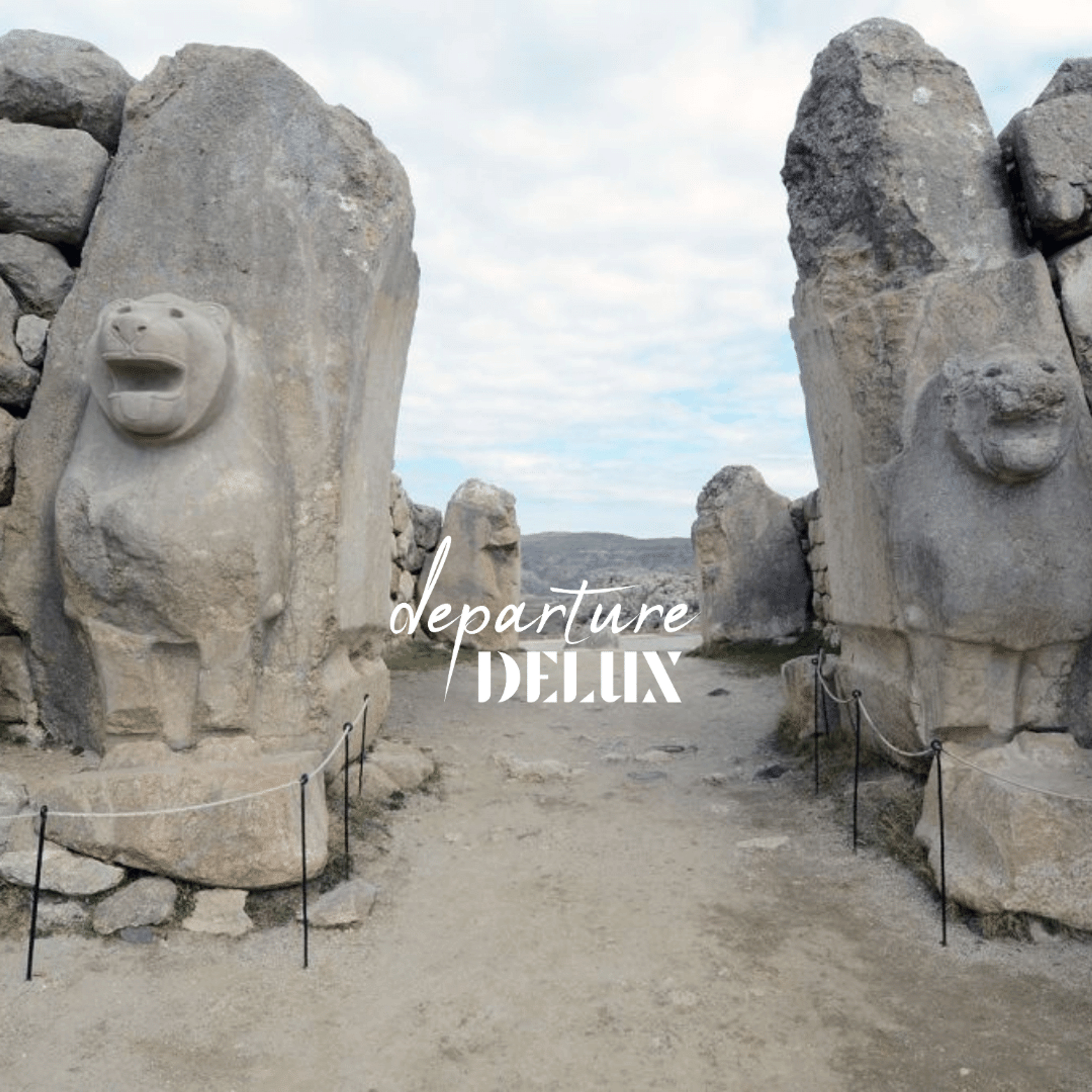









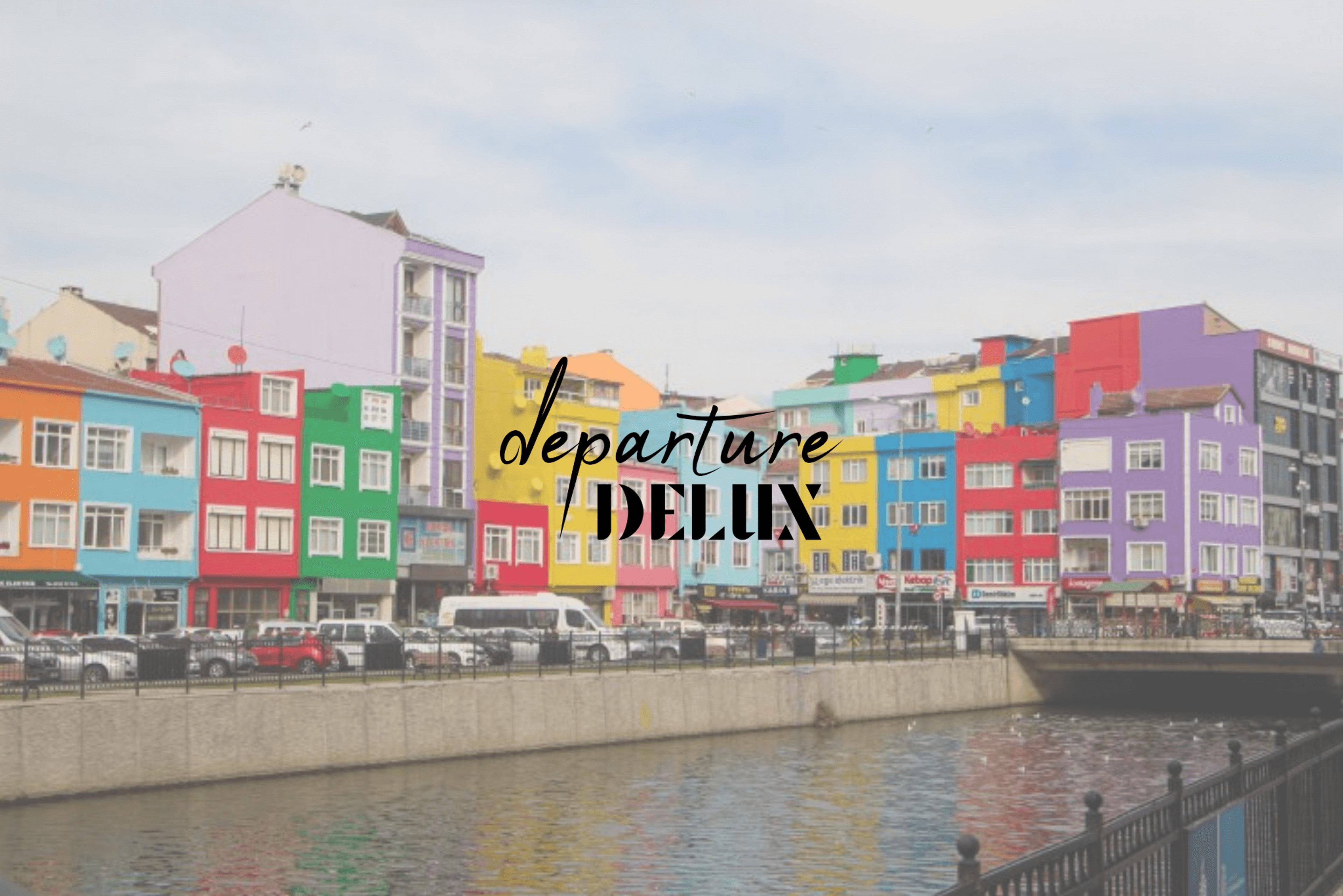








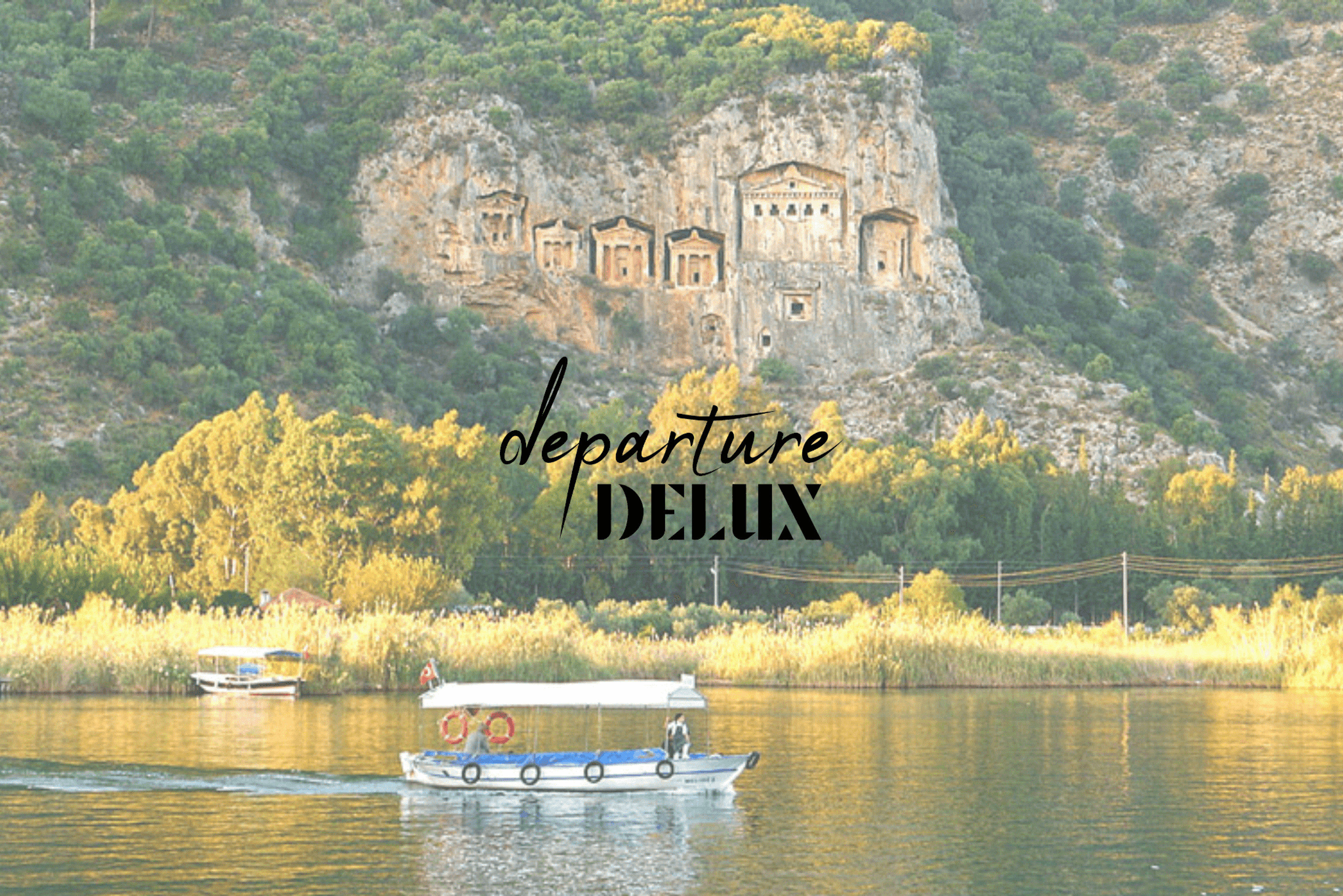












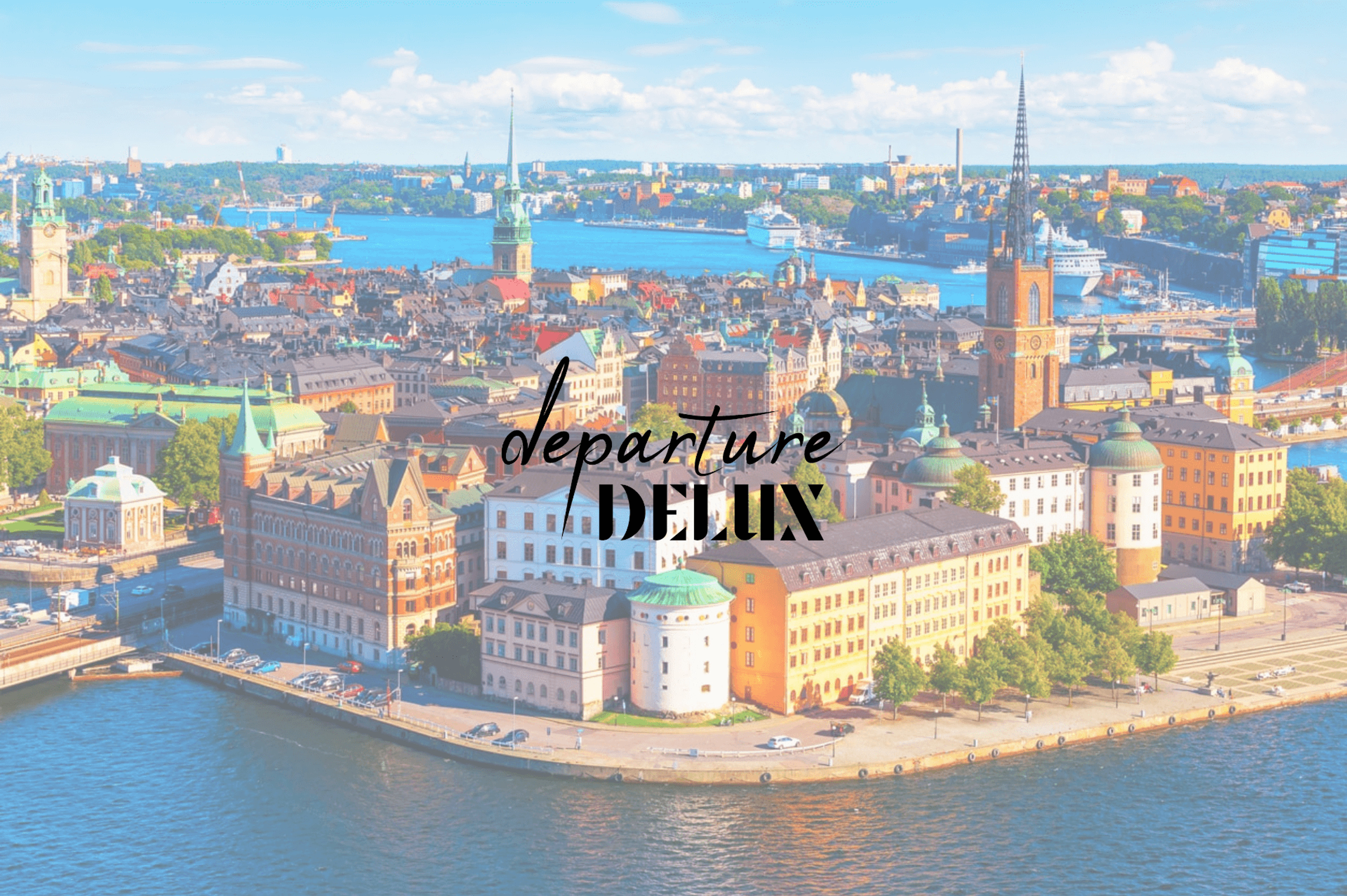
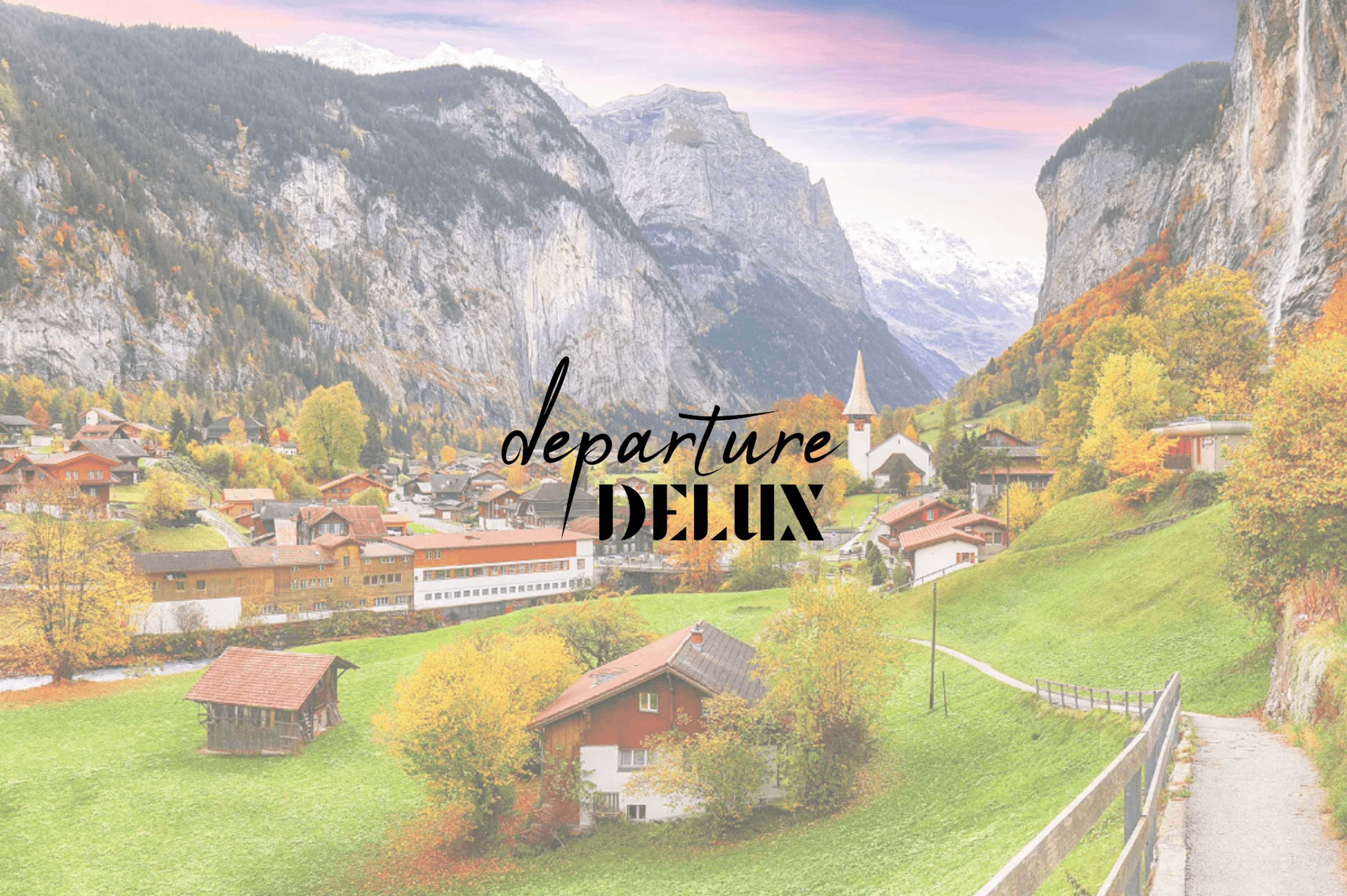
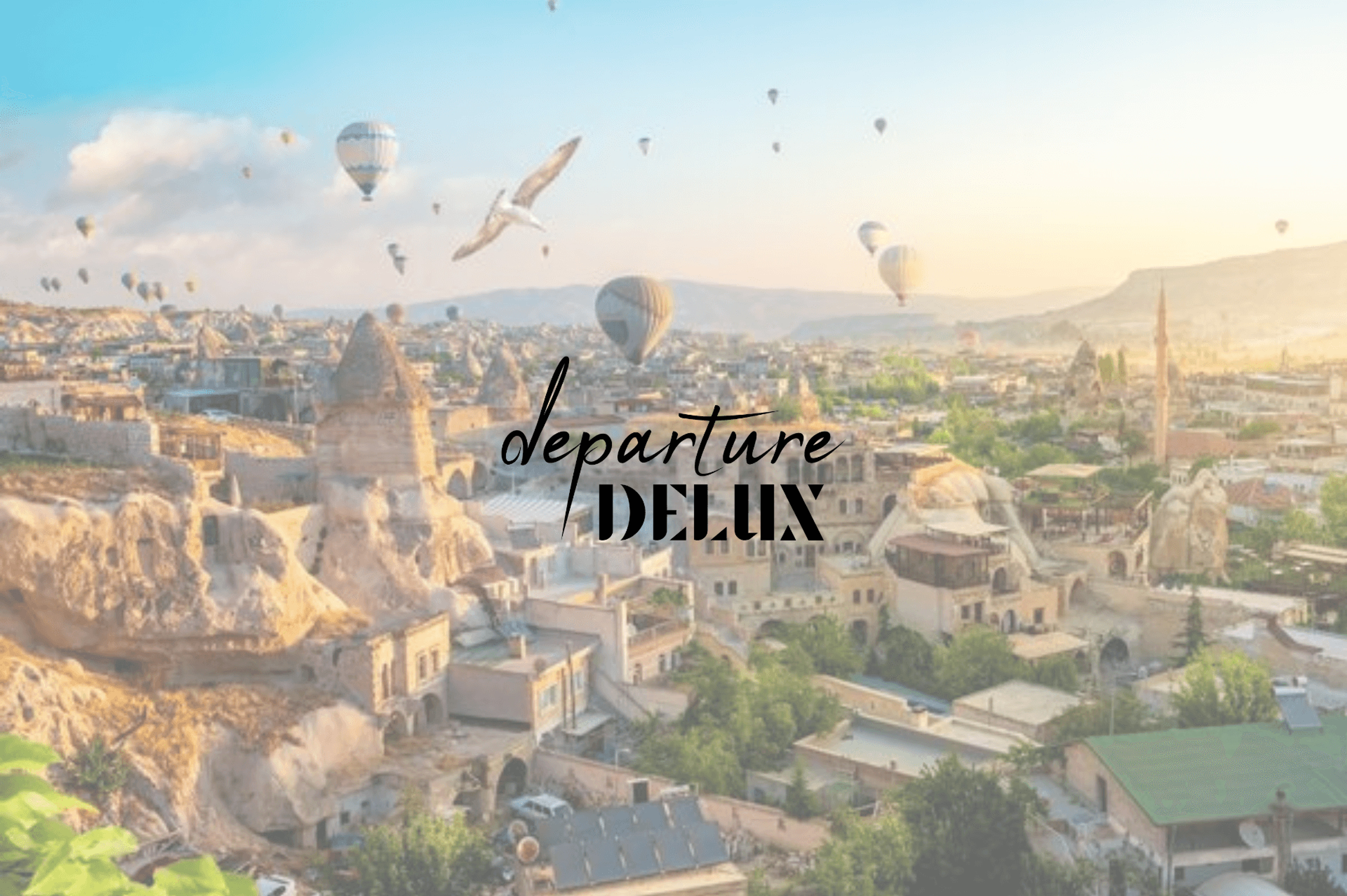





















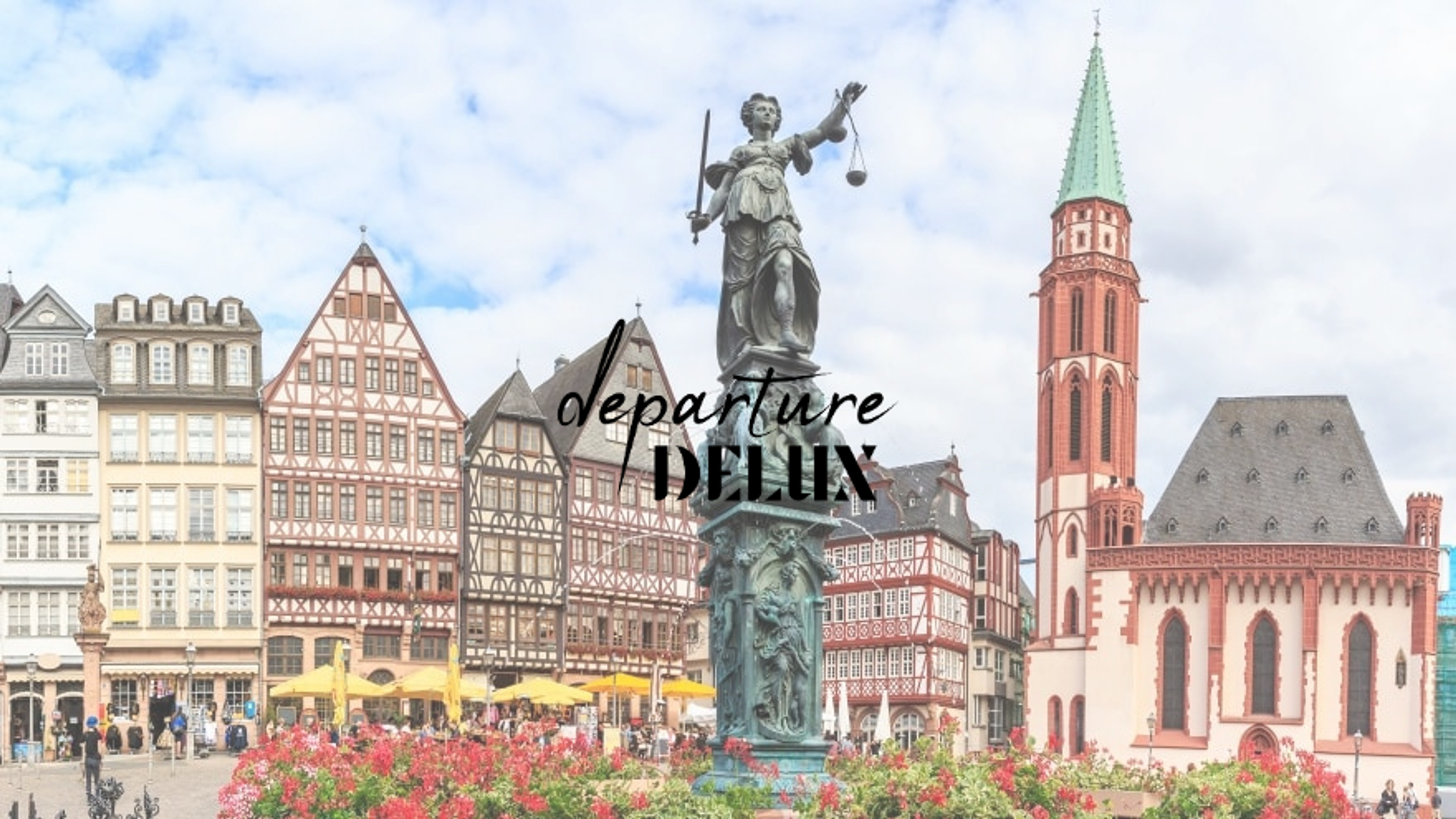


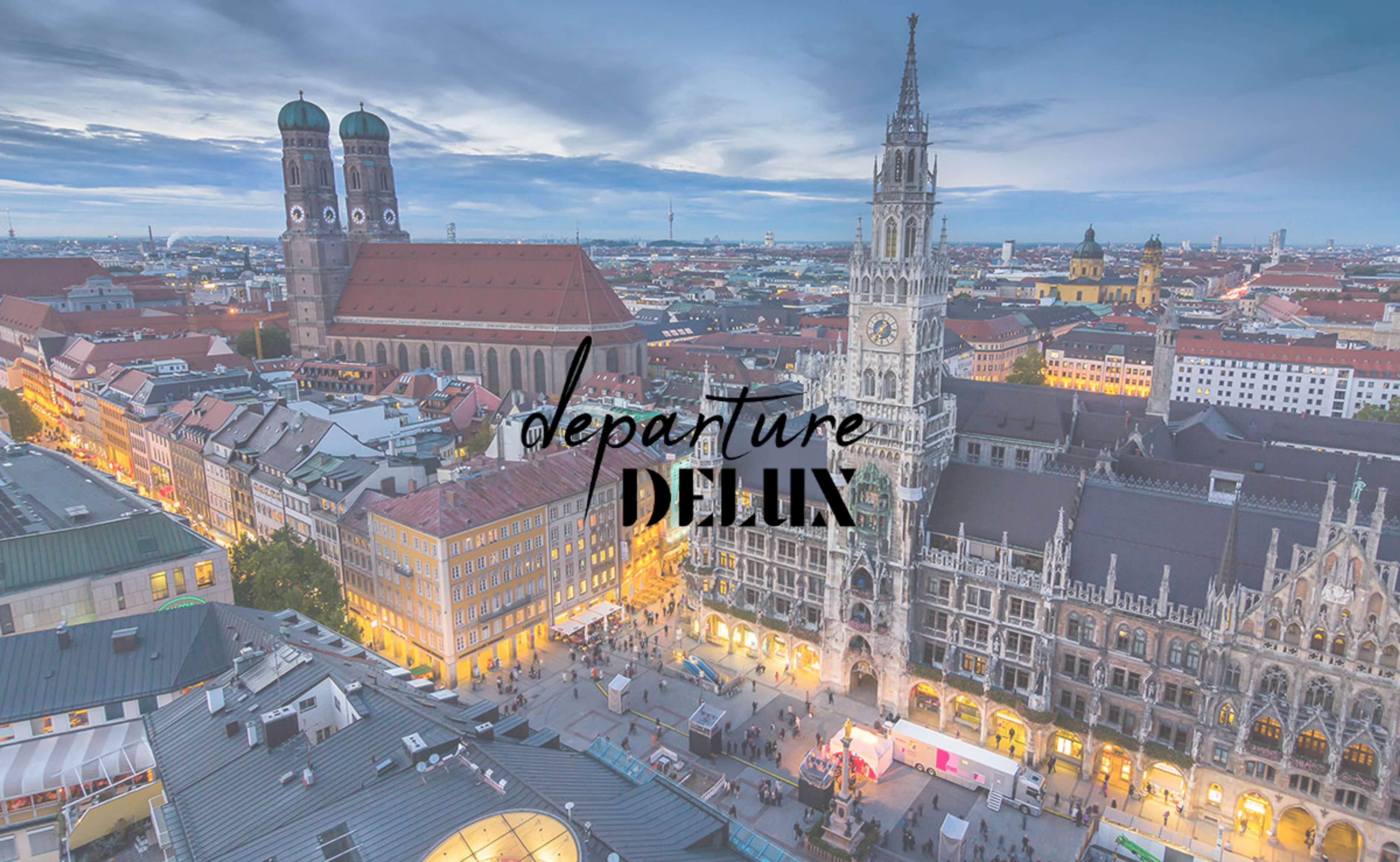



_(1).png?alt=media&token=d0c3f375-a033-40ff-a597-2ea8d36d1894)
_(1)_(1).png?alt=media&token=188b1fac-8ca3-4694-8ee7-1b09b20d0bb9)
